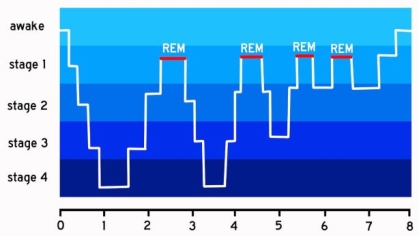Healthy Nutrition for College Students
Nutrition is the center of our wellbeing. It affects how well we think, how good we feel, and our overall capacity to work. Faced with the struggle to juggle study habits, class schedules, extracurricular activities, and a fast food centered social life, healthy eating and nutrition can fall by the way side. Here are a few tips to keep in mind to help optimize your eating habits.
Spread Out Your Meals
Don’t skip meals because of classes or a busy study schedule. Give your body the energy it needs throughout the day rather than trying to cram it all into one meal. If you have a tight schedule, pack your meal to go.
Remove Unhealthy Temptations
Stock your dorm with healthy options. The best way to avoid eating junk food is not buying it in the first place.
Be Careful What You Drink
A lot of drinks, even those that are advertised as healthy (Gatorade, fruit juices, iced green teas) actually have a lot of added sugar. Energy drinks (Five Star, Red Bull, Monster) are even worse as they contain abnormally large amounts of caffeine, sugar, and other chemicals and are not FDA approved. When you get thirsty, stick to water.
Avoid Large Meals
Pick foods rich in protein and simple sugars. Meals rich in protein will keep your blood sugar levels relatively stable and tend to satisfy hunger better than carbohydrate rich meals.
Cover All the Food Groups
Fruits and vegetables
Fruits and vegetables should make up 50% of your daily diet. Fruits or cut vegetables combined with dairy or nut butters (like peanut butter) can also be great study snacks to keep your energy up.
Grains
Try to make at least 50% of the grains you consume be whole grain. Whole grains are less processed and have more fiber which helps maintain digestive health.
Examples: brown rice, whole grain flour, oatmeal
Protein
Consider the amount of fat and added sodium when choosing protein.
Examples: lean or low-fat meat and poultry, seafood, beans and peas, eggs, processed soy products, nuts, and seeds
Dairy
Pick the reduced fat or low fat option.
Examples: low-fat cheese, 1% or skim milk
Learn more about healthy eating.


